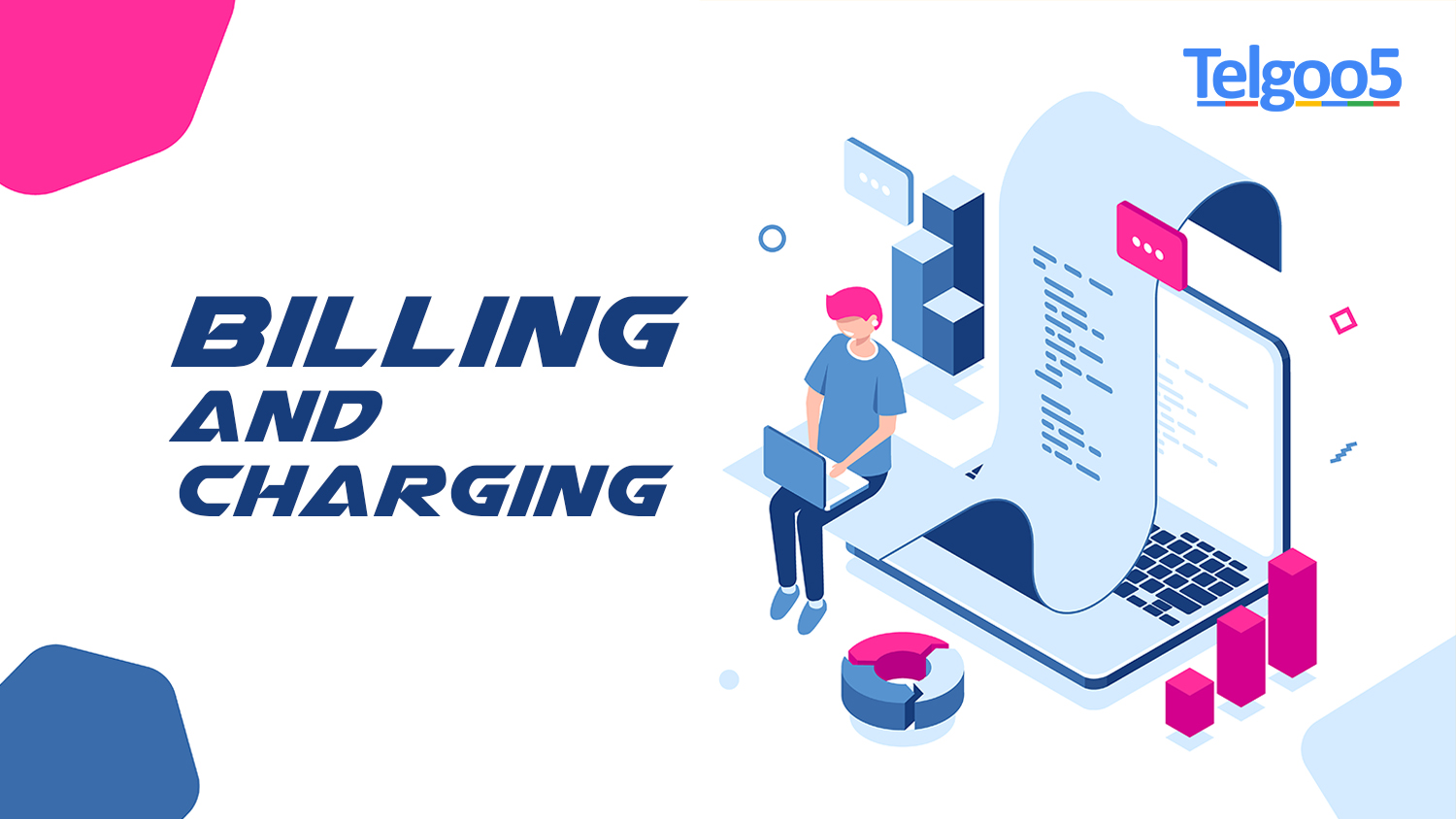For decades, billing was restricted to the back office, performed on mainframes and minicomputers, and limited to postpaid clients with a monthly or quarterly billing cycle. In the Business Support Systems (BSS) infrastructure of a monopolistic public telephone network, time, speed, and occasionally accuracy were not considered key characteristics.
Deregulation, technological advancements, multi-play service options, and mobile prepaid accounts have all wreaked havoc on the billing industry. Convergent billing systems for MVNE quickly emerged, allowing for the management of numerous services, multiple bill runs, and more complicated account structures at significantly cheaper buy and running costs.
Get the best real-time and Online charging system for MVNE
To monitor balances against actual consumption and restrict services that exceed monetary account balances, prepaid accounts must be handled in near real-time. Prepaid charge systems did this by utilizing an intelligent network (IN) that operational network workers maintained rather than the billing department. With the introduction of data services, these prepaid IN systems were put under strain, and as the complexity of the situation grew, they had to modify dramatically to keep up.
The arrival of a charging system telecom delivered via IP networks has radically altered the billing and charging landscape. Operators are moving toward interacting with all consumers in real-time, whether prepaid or postpaid, thanks to the development of sophisticated online charging systems (OCS) and real-time convergent charging (RTCC) systems.
Cloud-native charging and billing are also required
5G is transforming the kind of digital transactions that will take place on a variety of new coming gadgets. There might be billions of little transactions from smart meters in our homes and towns. Alternatively, dozens of purchases may be conducted as immediate transactions or digital shopping carts through our smartphones. 5G will not only enhance transaction volume, but it will also include a wide range of transactions.
Convergent charging and billing system for telecom
Some 5G transactions, such as “one and done” transactions like buying a movie, will be stateless. Virtual reality experiences, for example, may demand incredibly low latency, while others may need to be scaled up and down rapidly (e.g., augmented reality services at a live event).
This new reality necessitates the adaptation of Billing and charging methods. New invoicing and charging services will be required to support new network slices as they are produced. These charging services should be able to scale up and down smoothly, migrate out of the core network and onto the network’s edge for lower latency, use alternative security and quality rules, and a variety of other features. In summary, charging and billing must be cloud-native in order to be readily incorporated into 5G services and satisfy their performance criteria.
Billing Solution for the Next Generation
It will be fascinating to observe how these billing systems evolve in the future when we have 4G, 5G, 6G, and even beyond (2030). Whatever the case may be, billing will continue to be an important part of these new advancements and adjustments. Billing is a critical function for every organization, and without it, the entire operation will fail.
Customers are attracted to this new generation of charging solutions because of its distinct and better benefits, which decrease customer churn and improve customer loyalty and experience. After all of these efforts, the telecom market may expand to the north, indicating that it is on the correct route.




